
1.What are dioxins?
Dioxins are actually an abbreviation for a class of dioxin-like compounds. They refer to two major categories comprising a total of 210 organic compounds (congeners and isomers) that have similar structures and properties, but only a very few types are considered toxic. Dioxins are not a problem specific to waste incineration plants. They are compounds formed when organic matter is heated in the presence of chlorine, which is a relatively common chemical phenomenon. Dioxins can be found in air, soil, water, food, and waste. Research shows that food is their main source, with about 90% of human exposure to dioxins coming from diet.
2.How to control dioxin emissions?
Municipal solid waste (MSW) incineration plants primarily use mature "3T" (Temperature, Time, Turbulence) combustion control followed by high-efficiency purification technology to control dioxin emissions. Firstly, maintaining the furnace temperature above 850°C and ensuring the flue gas residence time in the furnace exceeds 2 seconds allows for complete decomposition of dioxins. Secondly, the flue gas passes through the most advanced purification treatment system, controlling the dioxin concentration to within 0.1 nanogram TEQ/Nm³, meeting the world's most stringent emission standards. In fact, over the 120 years since the birth of modern MSW incineration technology, there has been a major technological breakthrough on average every decade. Major technological advancements since the 21st century have primarily involved substantial and practical improvements in efficient dioxin treatment technologies. Currently, in most developed countries that extensively use waste incineration, the contribution of incineration plants to the total natural dioxin emission load is less than 1%.
3.How are dioxins regulated?
Dioxins in flue gas are detected and quantitatively/qualitatively analyzed using "High-Resolution Gas Chromatography coupled with Mass Spectrometry (HRGC/HRMS)". Dioxin analysis in flue gas is a form of trace analysis (analysis of components present at less than one part per million). The process involves three steps: sampling, sample preparation, and determination. During plant operation, the primary methods for predicting and controlling the reduction of dioxin formation involve monitoring combustion temperature, carbon monoxide (CO) content, and soot dust concentration (as there is a correlation between CO, soot dust concentrations, and dioxin concentration).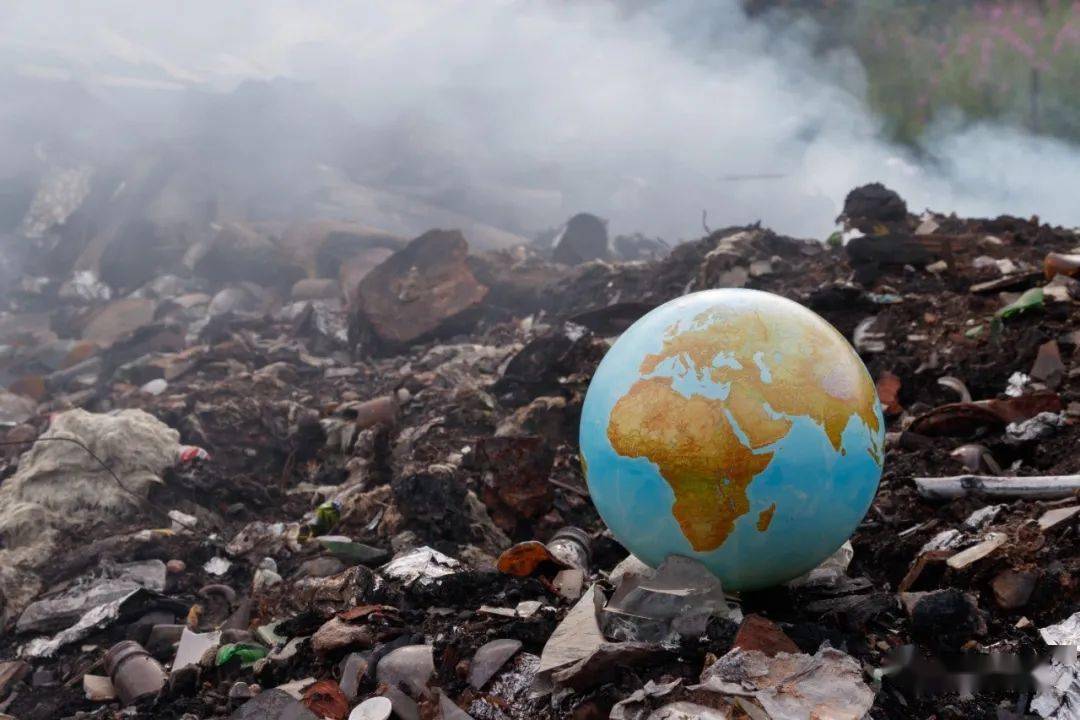
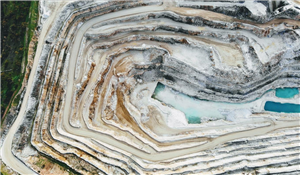
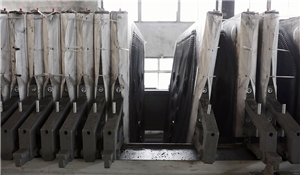

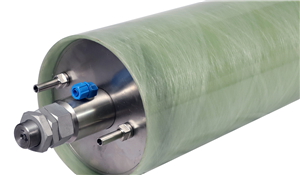



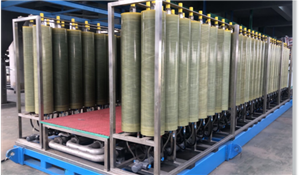
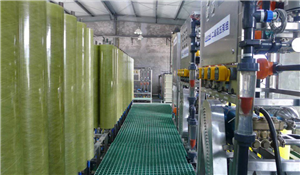
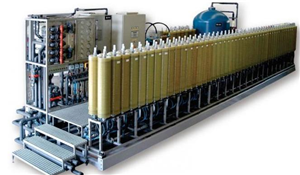


Henan Yuanhede Industrial Technology Co., Ltd.
East Industrial Park, Yuzhou City, Henan Province, China.
(+86)139 3822 7726
info@yhdegroup.com
www.yhdegroup.com